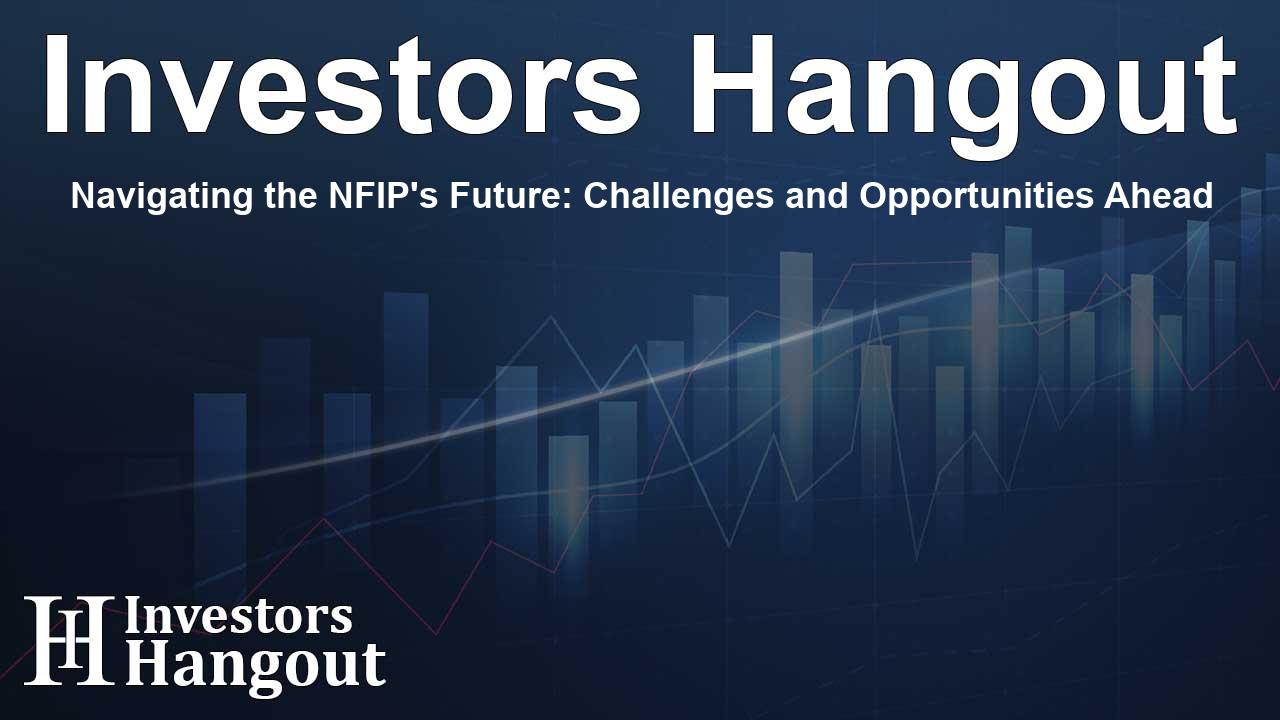Navigating the NFIP's Future: Challenges and Opportunities Ahead

Understanding the National Flood Insurance Program
The National Flood Insurance Program (NFIP) plays a critical role in protecting properties from flood risks, especially as severe weather events like hurricanes increase in frequency. Recently, U.S. Congress approved a short-term extension of the NFIP, providing temporary relief as communities prepare for the hurricane season. However, the long-term sustainability of this important program remains uncertain.
The Current State of Private Flood Insurance
As pressures on the NFIP mount, there is a growing need for private flood insurers to step in and share the flood risk. A report by AM Best indicates that while private flood insurers have traditionally focused on commercial clients, their growth has stagnated. This stagnation occurs amidst rising premiums and evolving climate risks that complicate coverage opportunities.
Market Trends and Challenges
The report highlights that the shift of populations to coastal areas has led to a surge in residential and commercial development, increasing flooding exposure. As climate change intensifies weather patterns, the NFIP must adapt its pricing strategies, particularly through its new Risk Rating 2.0 system which aims to offer a more accurate reflection of risk. Despite efforts to enhance flood risk assessment, the NFIP is burdened with significant debt, nearly $21 billion, exacerbated by recent hurricanes.
Private Insurer Performance
Private flood insurers have shown a combined ratio of 32.3 in 2023, significantly outperforming the NFIP’s 90.2. This performance indicates that private companies can manage risk more effectively in some cases, yet their market share remains limited. With private flood insurance making up about one-third of the total direct premium for flood insurance, the current trends illustrate the challenges of transitioning risk away from government programs.
Why Private Insurers Hesitate
One reason for the slow growth in the private flood insurance market could be unpredictability tied to climate and storm patterns. Insurers may be cautious about expanding their flood coverage while potential clients may also be hesitant to switch from federally backed programs to private options. This ambivalence leaves a significant gap in the availability of flood insurance, jeopardizing many vulnerable properties.
Conclusion: Looking Ahead
The NFIP’s future hangs in the balance as it navigates the pressures imposed by environmental changes and market dynamics. For private flood insurers to thrive, they will need to demonstrate increased risk appetite and competitive pricing to attract more policyholders. The collaboration between public entities and private insurers could pave the way for more robust flood protection strategies, ensuring comprehensive coverage amidst rising climate challenges.
Frequently Asked Questions
What is the NFIP?
The National Flood Insurance Program is a government program that provides flood insurance to property owners, renters, and businesses.
What recent challenges is the NFIP facing?
The NFIP is facing challenges such as significant debt, a stagnant policy count, and the need for immediate funding as storms become more frequent.
How do private insurers fit into the flood insurance landscape?
Private insurers are essential as they can take on some of the risks associated with flooding, helping to alleviate the financial burden on the NFIP.
What factors influence the performance of private flood insurers?
Factors include their risk management strategies, the overall economic environment, and emerging climate risks that can affect their underwriting decisions.
What should we expect for the future of flood insurance?
We can expect ongoing evolution in flood insurance practices, including potential collaboration between public and private sectors to enhance coverage options and pricing strategies.
About Investors Hangout
Investors Hangout is a leading online stock forum for financial discussion and learning, offering a wide range of free tools and resources. It draws in traders of all levels, who exchange market knowledge, investigate trading tactics, and keep an eye on industry developments in real time. Featuring financial articles, stock message boards, quotes, charts, company profiles, and live news updates. Through cooperative learning and a wealth of informational resources, it helps users from novices creating their first portfolios to experts honing their techniques. Join Investors Hangout today: https://investorshangout.com/
Disclaimer: The content of this article is solely for general informational purposes only; it does not represent legal, financial, or investment advice. Investors Hangout does not offer financial advice; the author is not a licensed financial advisor. Consult a qualified advisor before making any financial or investment decisions based on this article. The author's interpretation of publicly available data shapes the opinions presented here; as a result, they should not be taken as advice to purchase, sell, or hold any securities mentioned or any other investments. The author does not guarantee the accuracy, completeness, or timeliness of any material, providing it "as is." Information and market conditions may change; past performance is not indicative of future outcomes. If any of the material offered here is inaccurate, please contact us for corrections.